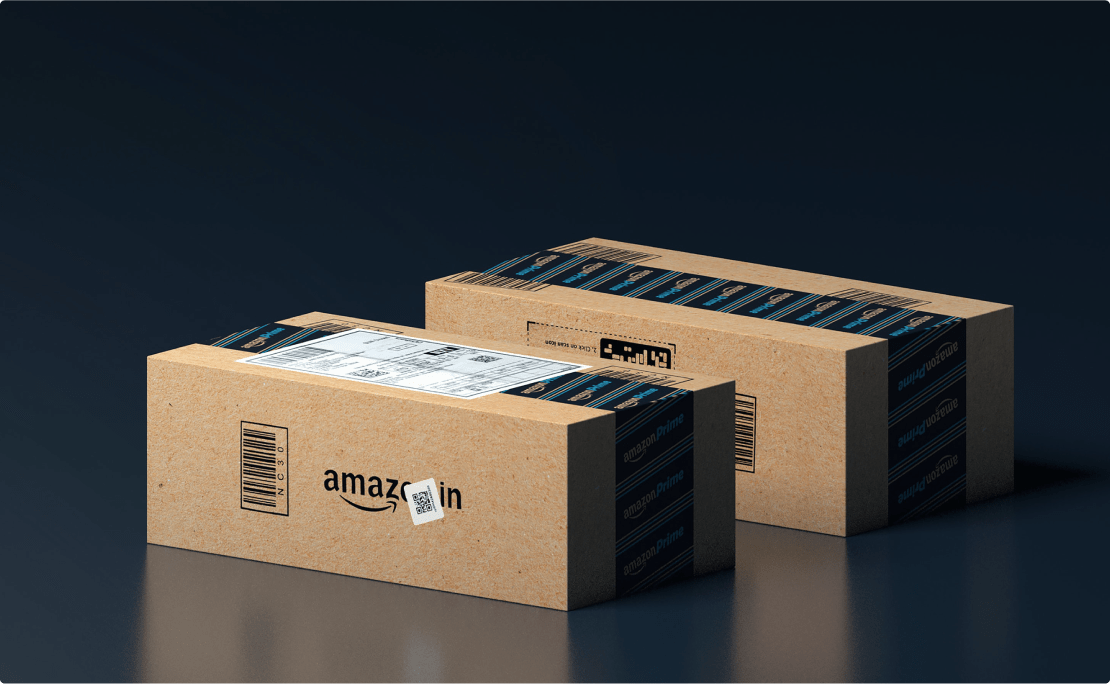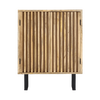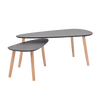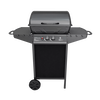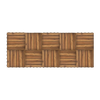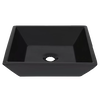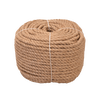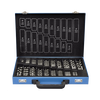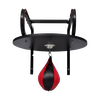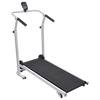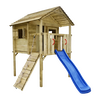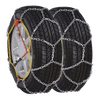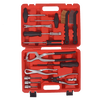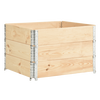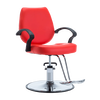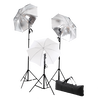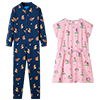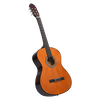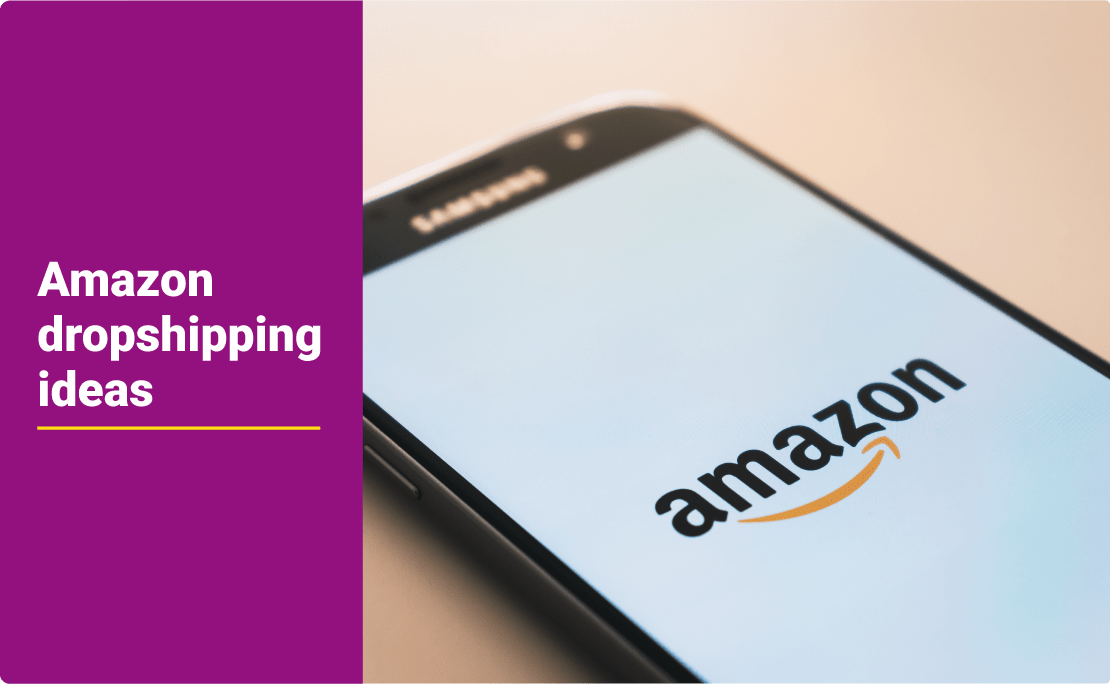Dropshipping on Amazon is a smart idea if you know the right products to
sell. While Amazon has its FBA programme (Fulfillment By Amazon), it's
also possible to dropship on their marketplace using your own supplier for
products and shipping.
In January 2020, Amazon became the second company to reach the $1 trillion
USD mark and as of January 2022, it stands at $1.75 trillion. Each month,
more than 197 million people around the world visit Amazon.com, according
to Statista. That’s more than the entire population of Russia!
So, how can you make dropshipping a success on Amazon? Our article gives
you practical advice and ideas to get started.
Finding your products
Market research tools
1. Prime Away
This is a Chrome extension that allows you to view products that aren't on
Amazon Prime. You can go onto the Amazon website and see products that are
not available through Prime or FBA sellers. It is not recommended to try
and compete with Amazon or FBA sellers due to the small margins they are
able to sell at and suspension rules.
There are similar extensions that do the same thing. Prime Away is a paid
tool but investing in this will be worth it to help cut down your product
research time.
2. SaleHoo
One of the most regularly cited tools for dropshippers, SaleHoo is useful
for product research. They use data from eBay and Amazon to measure the
potential profitability of thousands of products.
3. QuickView
Clicking into products on Amazon to find out more details is a huge drain
on time. This Chrome extension lets you see key information about a
product without needing to leave the search listings page on Amazon.
Details you can view at a glance include profit margin, which sellers
offer the product, BSR (best sellers rank), and price history.
TikTok
TikTok is a hugely popular app for watching entertaining videos. According
to DataReportal, TikTok has 1 billion active global monthly users (as of
October 2021). Worldwide, people aged 16-64 say they use social media to
find inspiration for things to do and buy (27.7%), and to find products to
purchase (26.2%). That's roughly 539 million people a month browsing
TikTok with the idea in mind to buy something.
To search TikTok for trending products, use these search queries in
Google: "site:tiktok.com" and "inurl:/video/." This will bring up videos
from TikTok without scrolling through profiles. Use hashtags to narrow
down your search. Popular hashtags for shopping inspiration include
#amazonfinds, #musthave, and #tiktokmademebuyit. Your search in Google
should look like this (including the spaces between each query):
Site:tiktok.com inurl:/video/ #tiktokmademebuyit
To narrow your search even more specifically, use "intext:" to find videos
that mention a specific niche you are interested in. For example:
Site:tiktok.com inurl:/video/ #tiktokmademebuyit intext:"kitchen"
This search will bring up TikTok videos of user-generated content about
products related to the kitchen. Scroll through the results to find videos
with more than 30k views and shares to see what products people are the
most excited about.
Instagram
The number of active monthly Instagram users is almost 1.4 billion, making
it the fourth most popular social media app after Facebook, YouTube, and
WhatsApp (DataReportal, October 2021). Market research on this app is a
powerful way to find hot products to sell.
To search for products, head into the app and browse the home feed. Every
time an Instagram paid advert appears, check to see if this product seems
interesting, and how many people have liked it.
If there is a bit.ly link, you copy this into your web browser and add a +
sign at the end of the URL. This will bring up the statistics such as the
number of clicks over time, which website, and country they came from.
You can also check hashtags related to shopping such as #musthave,
#amazonfinds. To find specific hashtags related to a niche you're
interested in, start a search on Instagram to see suggested and popular
hashtags are being used.
Google Trends
An easy way to see what is trending right now is by using Google Trends.
This free tool from Google is invaluable for checking what's popular in
your country and worldwide. It shows you the most searched for phrases and
keywords, and allows you to check the popularity of the keywords you are
interested in.
Check the news
Keep tabs on what is happening in Google News. You can search for
"trending products" to find the latest lists compiled by eCommerce
experts. This is a great place to start for inspiration. Check articles
from trusted websites such as Forbes, The Guardian, BBC News, or websites
for your product niche such as Vogue, Architectural Digest, and TechRadar.
Quality not quantity
You want to look for products that people will want to buy and that have a
high chance of being a good seller. Ideally, you want to find products
that you can sell at a higher margin, rather than a lot of products that
only make a very small profit.
Selling your products
Be careful with Amazon's policy
Dropshipping with a supplier on Amazon is legal, however, you need to make
sure you are following Amazon's dropshipping policy. The guidelines state
that you must abide by these rules:
- Be the seller of records of your products.
-
Identify yourself as the seller of your products on all packing slips,
invoices, and the external packaging.
-
Be responsible for accepting and processing customer returns of your
products.
-
Make sure sold items are shipped within the time you promise to
customers.
Failure to follow these rules can see that your account is suspended or
banned.
Write a compelling product title
There is a criteria that Amazon uses for your product titles. If these
aren't followed, then Amazon can suppress your products in the search
results. The main four rules are:
-
Titles must follow the recommended length of your product category
characters, including spaces.
-
Titles must not contain promotional phrases, such as "free shipping" or
"100% quality guaranteed."
-
Titles must not contain characters for decoration, such as ~ ! * $ ? _ ~
{ } # < > | * ; ^ ¬ ¦
-
Titles must contain product-identifying information, such as "hiking
boots" or "umbrella."
Besides these main rules, there are some good tips for making sure your
product is easy to find by your customers on Amazon.
-
Don't just copy product title styles from other sellers on Amazon. Often
they are over-saturated with too many keywords and are unnecessarily
long to read. Amazon recommends fewer than 80 characters.
-
Capitalise the first letter of each word excluding prepositions (in, on,
with), conjunctions (and, or), or articles (the, a).
-
Put the most important keyword at the start, for example, "bread box,"
along with the brand name.
- Don't use phrases such as "best seller."
According to Amazon's research, customers scan-read product titles, so not
every aspect of the product's characteristics needs to be included here.
They suggest that longer titles are not preferred by Amazon customers.
What about SEO and traffic?
As an example, we can look at this dog carrier on Amazon. The product
title has 198 characters, which according to Amazon, could be too many.
There is some debate about how to create a good product title.
Amazon recommends short titles because they want customers to have a
better experience. However, in terms of sellers, using relatively long
titles will help them get more traffic. Of course, these will need to be
concise and readable. In actual operation, the majority of small sellers
use titles for their products that are longer than 80 characters.
Amazon recommends that details about colour, size, and the number of
products in a pack, are attributes to be included in the child ASIN
(Amazon Standard Identification Number), not in the parent ASIN (the
product title).
In reality, nearly 90% of the top 7,000 best-selling products on Amazon
have more than 50 characters in their product title, says Brand Analytics.
Their research suggested the following guidelines for optimum traffic on
Amazon:
- A product title of more than 100 characters
- The brand name should be the first word
-
Include 1-3 products categories (for example flash drive, USB stick,
memory stick)
-
Aim to include 4 products attributes that describe the colour, number of
units, and key features
- Add the SKU (Stock Keeping Unit) if necessary
A template for writing a great product title should look something like
this:
Brand name, product name, feature/attribute 1, feature/attribute 2,
feature/attribute 3, category 1, category 2, category 3, feature/attribute
4, SKU (if necessary)
Summary
These are just a few ideas for starting a dropshipping business using
Amazon. The most crucial step is research, to find the products that will
sell. Make the most of tools and Chrome extensions to make it easier for
you to speed up this process. Using these tools with metrics will allow
you to make decisions on products based on solid statistics.
Finally, finding a trusted supplier is important. VidaXL's
dropshipping programme
has more than 50,000 products for the home and garden, sports goods, pet
supplies, baby accessories, toys, and vehicle parts.
